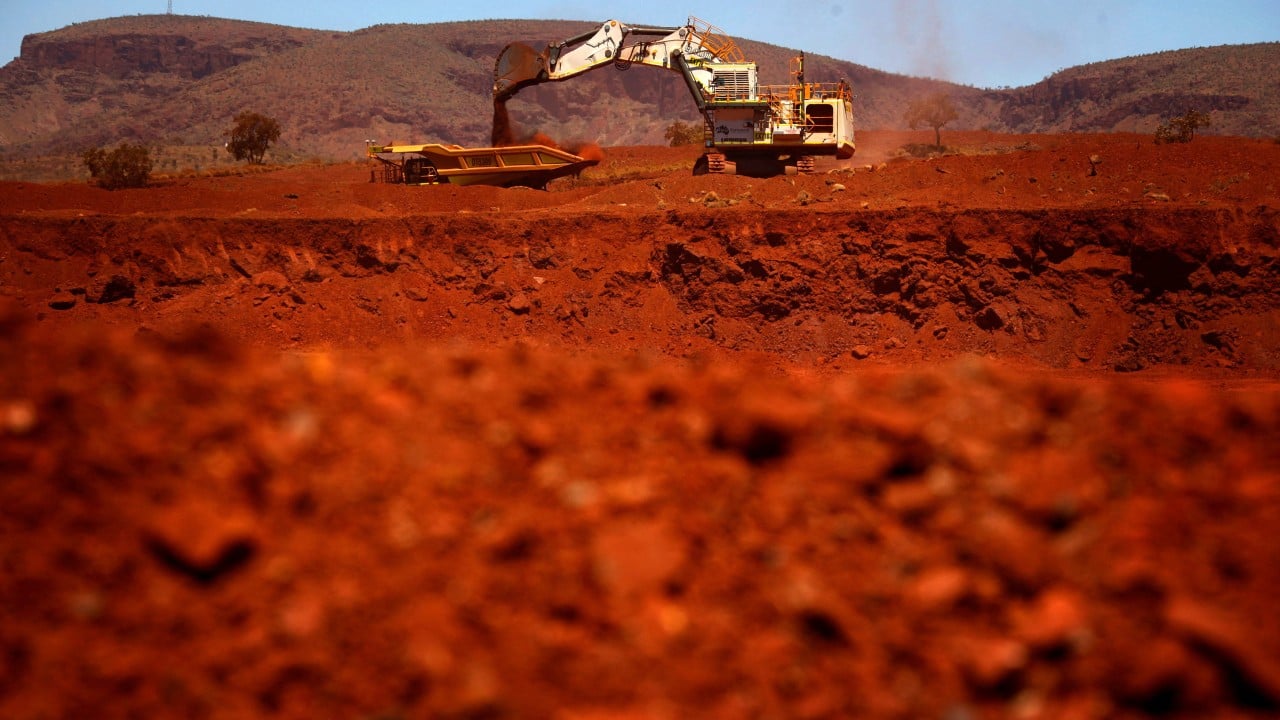Australia’s mining sector continues to grow as a pillar of the country’s economy, driven by a diverse and skilled workforce that includes an increasing number of Malaysians. Drawn by the lure of high wages and new adventures, these workers must navigate both the harsh realities and unique rewards of one of the world’s most demanding industries.
The most challenging mining jobs are taken up by FIFO (fly-in fly-out) workers, who travel to remote work sites for extended periods, often staying in temporary accommodation provided by their employers. They typically work long shifts for several days or weeks before returning home for a break, a lifestyle that demands adaptability and resilience since it involves balancing intense work schedules with periods of rest and family time.
Pauline Chuo is the embodiment of the Malaysian workers’ ability to adapt to these challenging conditions. The 32-year-old electrical engineer from Sibu, Sarawak spent five years in her home country’s construction sector before making the leap to Perth in 2022, alongside her husband.
Despite the abundance of engineering opportunities in the city, Chuo had her sights set on a different goal: landing a FIFO (fly-in, fly-out) role. It was no easy path, as she faced rejection from seven such positions due to a lack of relevant experience.
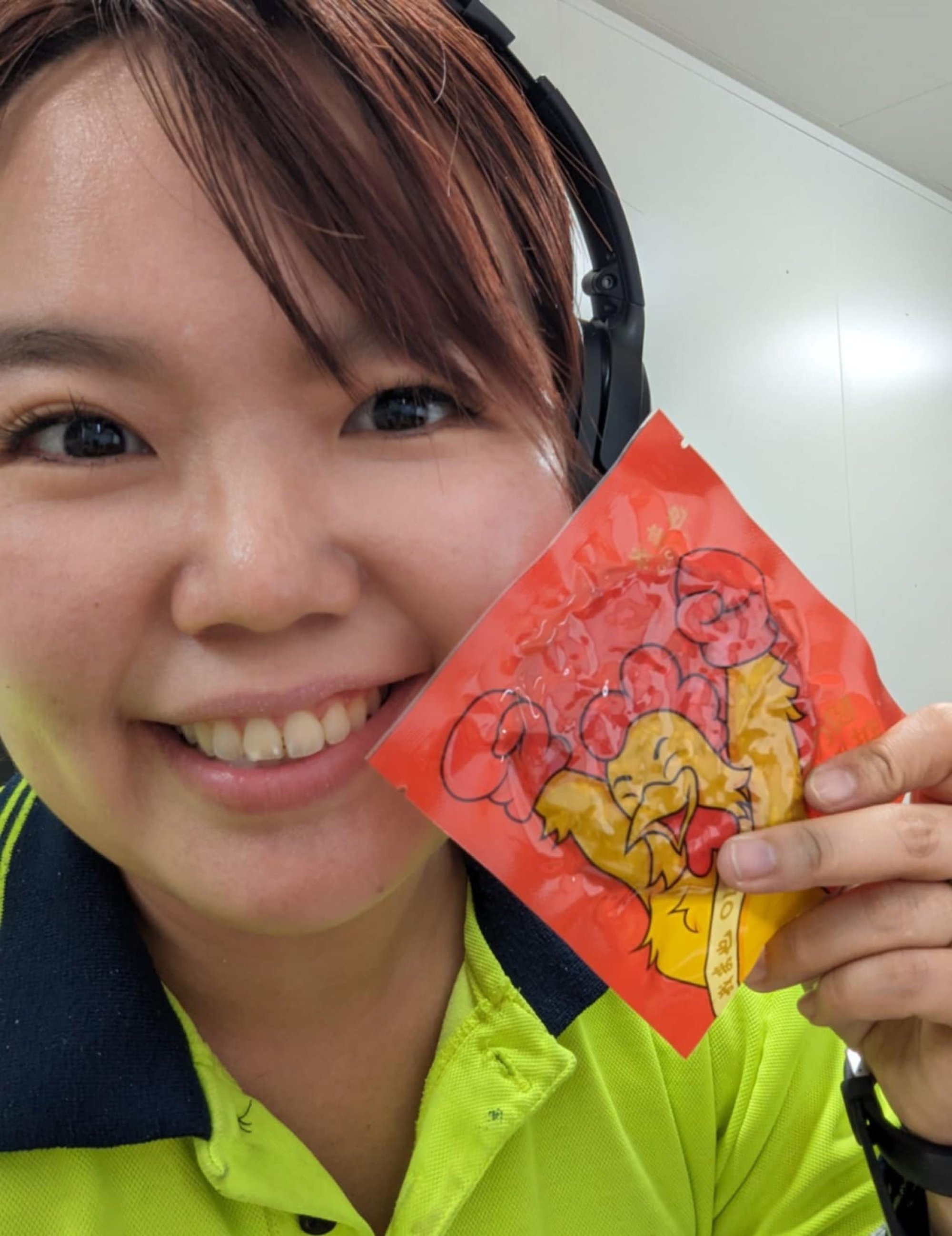
But Chuo refused to be deterred. Through sheer persistence, she ultimately landed a position within a diverse engineering team, connecting with the right opportunity on LinkedIn. “For me, this role felt like a miracle,” she said, reflecting on the breakthrough, “especially after facing rejection from so many FIFO roles.”
A significant influence in her pursuit of FIFO work was her father, who worked on a BIBO (bus-in bus-out) basis in logging back in Sibu. His dedication and work ethic left a lasting impression on Chuo.
Her husband’s unwavering support played a crucial role in her decision as well. “We discussed the challenges of FIFO work before I accepted the offer. He proudly supports me by driving me to and from the airport weekly, managing most household chores, and cooking on Sundays to ensure I have a full day of rest before flying out on Mondays,” she said.
For K*, a 44-year-old former senior project manager from Kuala Lumpur, the shift to FIFO work marked a complete career overhaul. “I was offered this role six months before I completed my masters, after seven rounds of interviews and tests,” she said.
After starting her role in February, K now finds herself immersed in the mining sector, a stark contrast to her previous work in financial services.
“I am paid above average for a graduate and receive an additional 30 per cent on top of my base salary as an uplift, since we do not get any public holidays. Although my graduate role pays less than what an experienced FIFO worker earns, it is still above average for my level. In fact, I earn more here than I did as a senior project manager in Malaysia, even after accounting for taxes,” she said.
The average FIFO salary in Australia is US$76,688 per year, or US$39.33 per hour, according to the Talent.com website. Entry-level positions begin at US$62,656 annually, while the most experienced workers can earn up to US$114,362 per year. In Malaysia, the average pay for a miner is US$12,492 annually and US$5.97 per hour, ERI Economic Research Institute data shows.
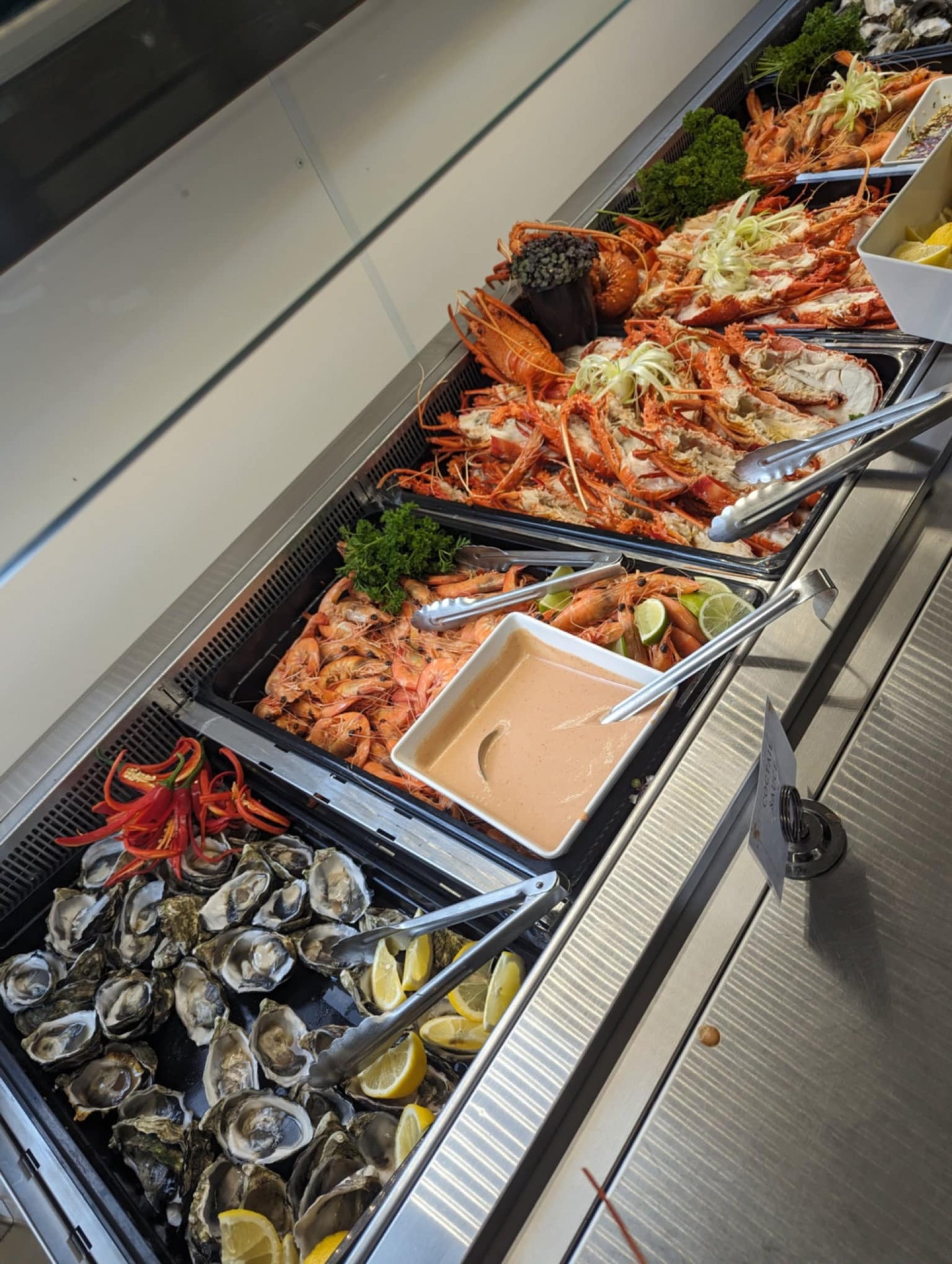
Despite the demanding nature of FIFO work, K is enthusiastic.
“I love my job. Maybe because I have entered a new industry, and there is a lot to learn,” she said. The structured yet flexible work environment has also come as a pleasant surprise. “Australians are generally nice and very accommodating. So far, I have not experienced any racism,” she said.
K’s schedule involves five days of work followed by two days off, then four days of work and three days off. She commutes weekly between her work site and Perth, balancing long hours with the extensive amenities at the mining camp, including a gym, swimming pool, and various dining options.
“Food is in the dining hall, where you get different varieties every day. We have BBQ night, curry night, seafood night, dumpling night,” K said.
Harichandran Kannairam, a 35-year-old from Malaysia, has been a FIFO worker in the Pilbara region since January 2017. His journey into the mining industry began with a desire for change and better pay.
“I was employed as a facility manager in Malaysia. I worked there from 2011 to 2016 before making the switch. I ended up working as a FIFO worker in the mining industry because I was looking for a career change that offered both adventure and a good income,” he said.
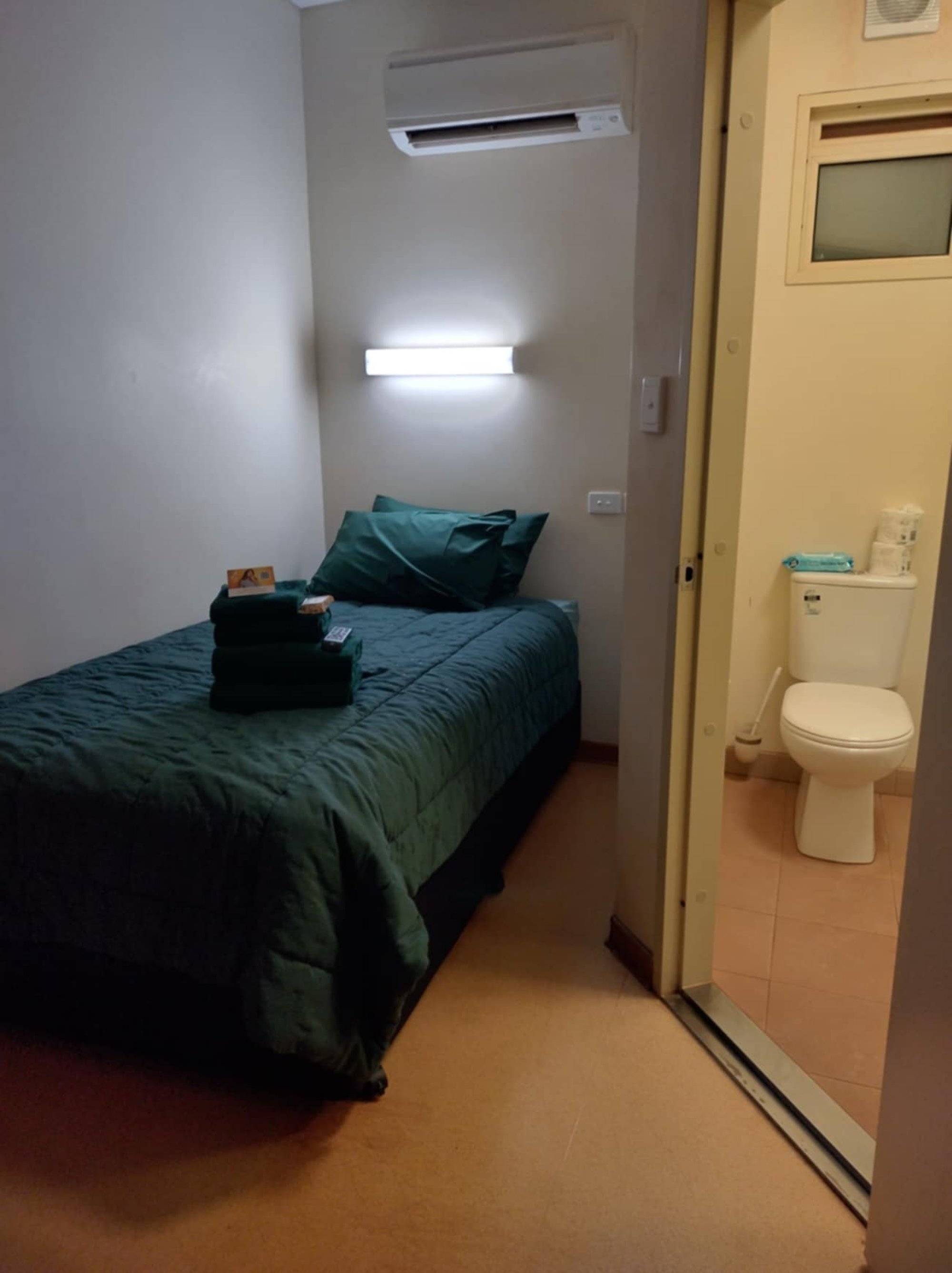
Working conditions in the Pilbara region can be harsh, with long shifts, extreme heat, and isolation. Harichandran’s day typically starts at 4am and involves 12.5-hour shifts.
Despite the gruelling schedule, he said there was a strong sense of community among FIFO workers.
“Many people don’t realise the sense of community that develops among FIFO workers. Despite the isolation, there’s a strong support network, and many friendships are formed on the job,” he said.
One of the main challenges for Harichandran is the time spent away from family and loved ones. “The roster can sometimes mean being away for weeks at a time, which can strain relationships and make it hard to maintain a normal social life,” he said.
However, he said the financial rewards and the unique work environment made it worthwhile. “Yes, I am satisfied with the pay. The income is significantly higher than what I was earning in Malaysia,” he said.
Although there are no statistics on the number of Malaysian FIFO workers in Australia, there has been a notable rise in Malaysian immigration to Australia in recent years, with Statista reporting 4,890 relocating in 2023, marking a significant rise from the 2,930 who migrated the year before.
Australia’s mining sector brought in a record US$455 billion in export revenue in the 2022-23 financial year, according to the Australian Bureau of Statistics. It is a major contributor to the economy, accounting for around 13.6 per cent of Australia’s total gross domestic product last year.
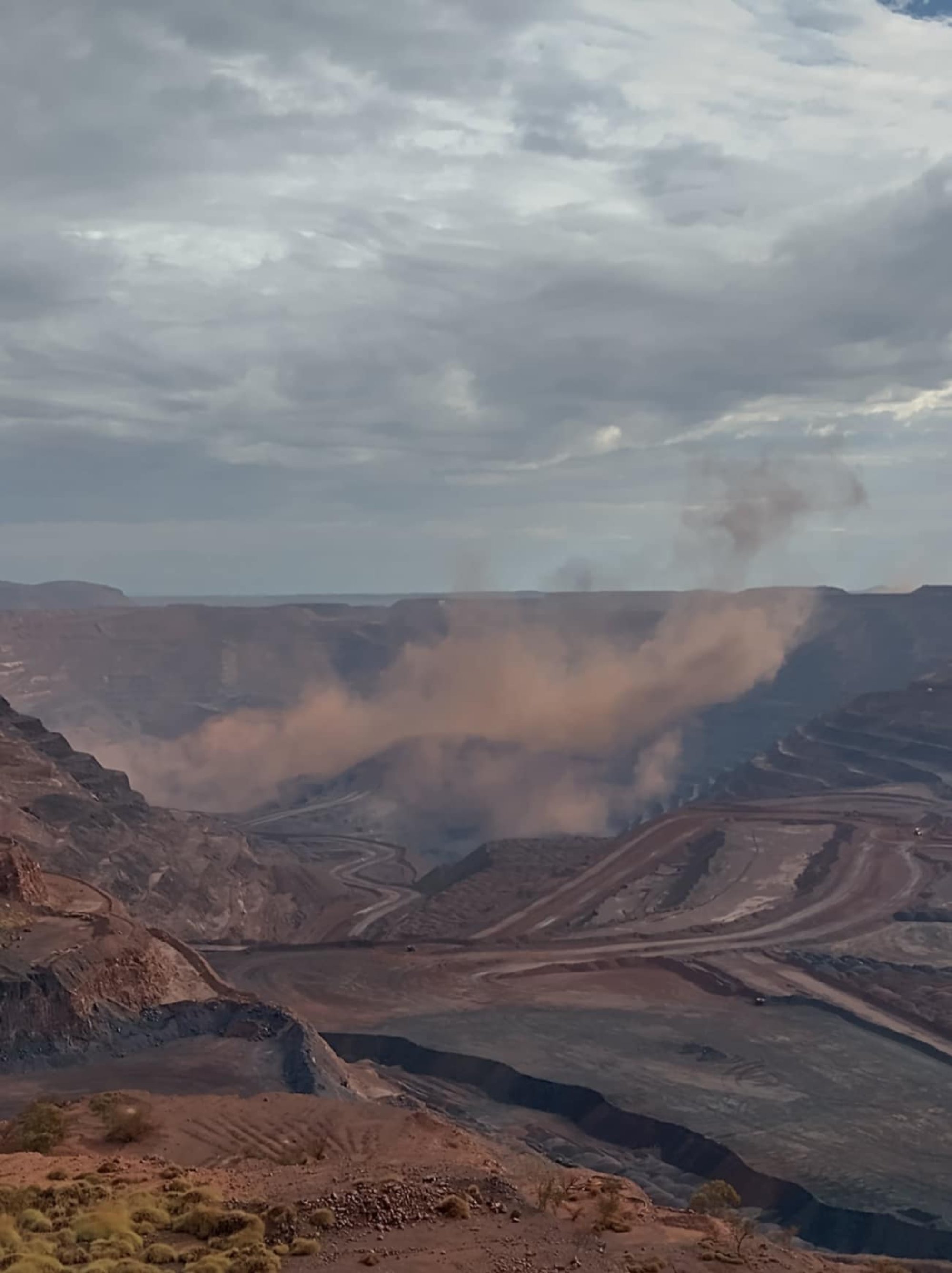
Life in the mines
For Malaysian workers, adapting to life in the Australian mines involves more than just adjusting to a new job. It means acclimating to extreme weather, learning new skills, and integrating into a diverse workforce.
Chuo, who works primarily in the processing department, occasionally visits the processing plant to oversee work and ensure safety compliance.
“I’ve also ventured underground once, where safety measures like headlamps, emergency masks, and PPE [personal protective equipment] are essential due to the dusty and dark environment,” she said, as she expressed admiration for those who regularly work underground.
Adapting to the Australian climate has been a significant challenge for all. Chuo highlighted the measures taken to cope with extreme heat, such as scheduling on-site tasks for cooler periods and using sunblock and polarised safety glasses for protection.
In contrast, K has had to adjust to the freezing winter mornings. “The temperature is around 6 degrees Celsius (43 degrees Fahrenheit) in the morning and about 18 degrees (64 degrees Fahrenheit) in the afternoon,” she said, adding that she planned to avoid the harsh summer by returning to Malaysia for the holidays.
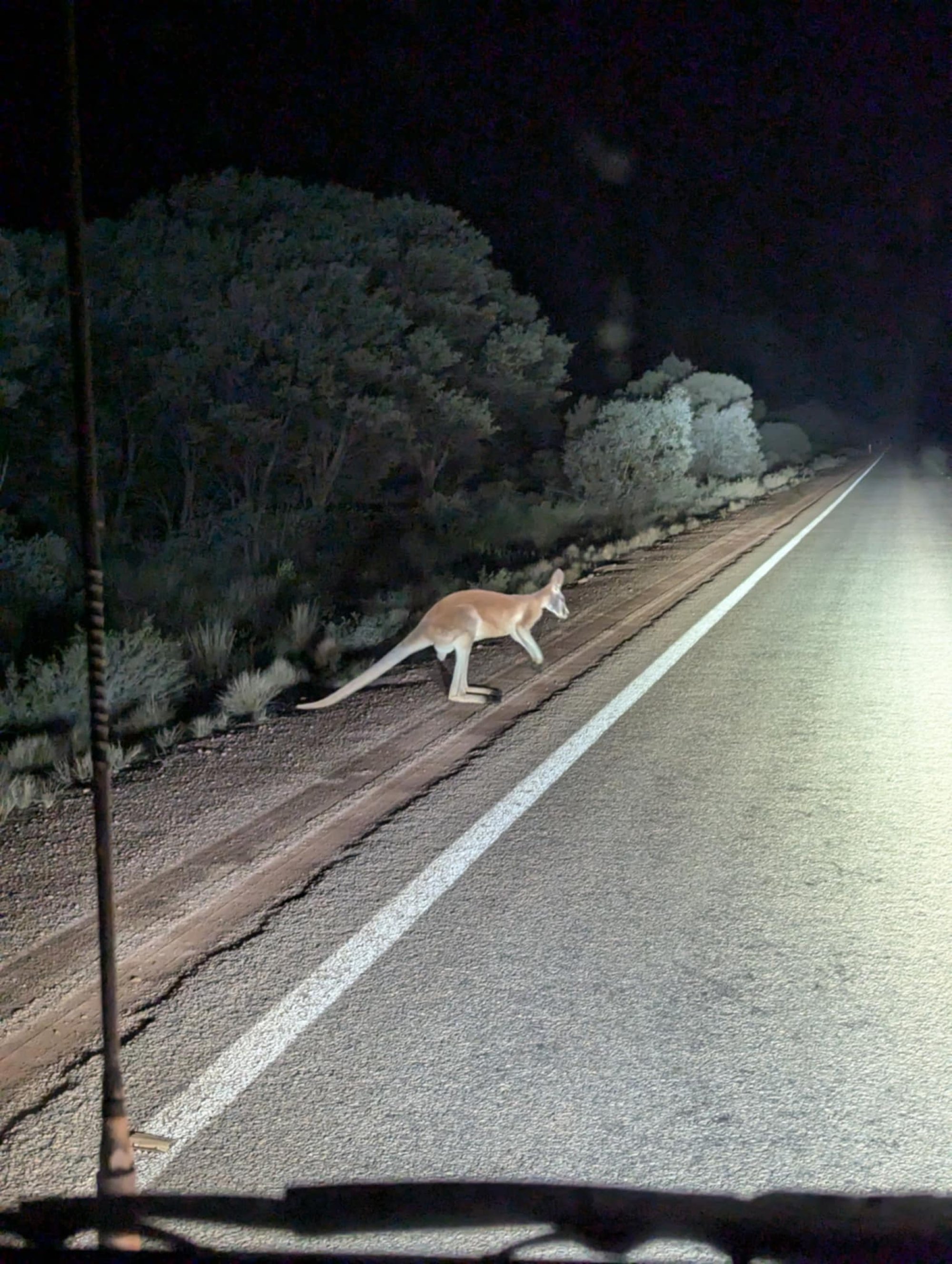
Encounters with wildlife are another aspect of life in the mines. Chuo has not had any direct run-ins, but she emphasised the importance of snake awareness and wildlife-handling courses provided by her company. Harichandran said he has had alarming encounters with snakes and spiders, but added that training and regular site monitoring helped minimise risks.
Despite the challenges and rewards of FIFO work, the question of returning to Malaysia looms large. Chuo is open to the idea if Malaysia develops its gold mining industry. “I’d consider a return if Malaysia pursued gold mining opportunities, eager to contribute my acquired expertise to local development,” she said.
Harichandran said he was still undecided, while acknowledging that worthwhile opportunities might draw him back to in Malaysia some day.
K, however, is less inclined to return. “I find the culture in Australia is laid-back and easy-going. The general ‘I am the boss, you respect me and do as I say’ culture is not present here,” she said.
*Name withheld at interviewee’s request


